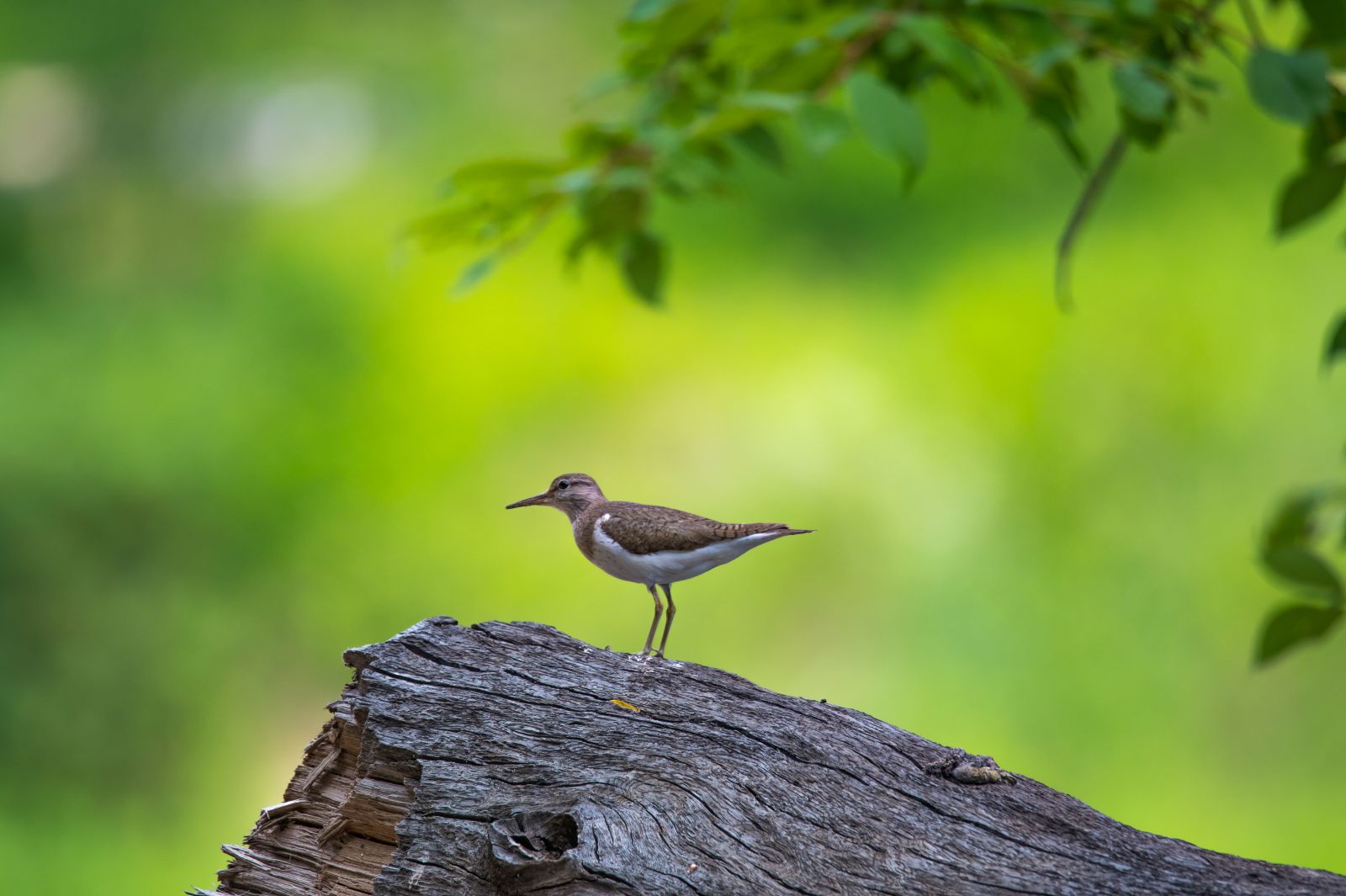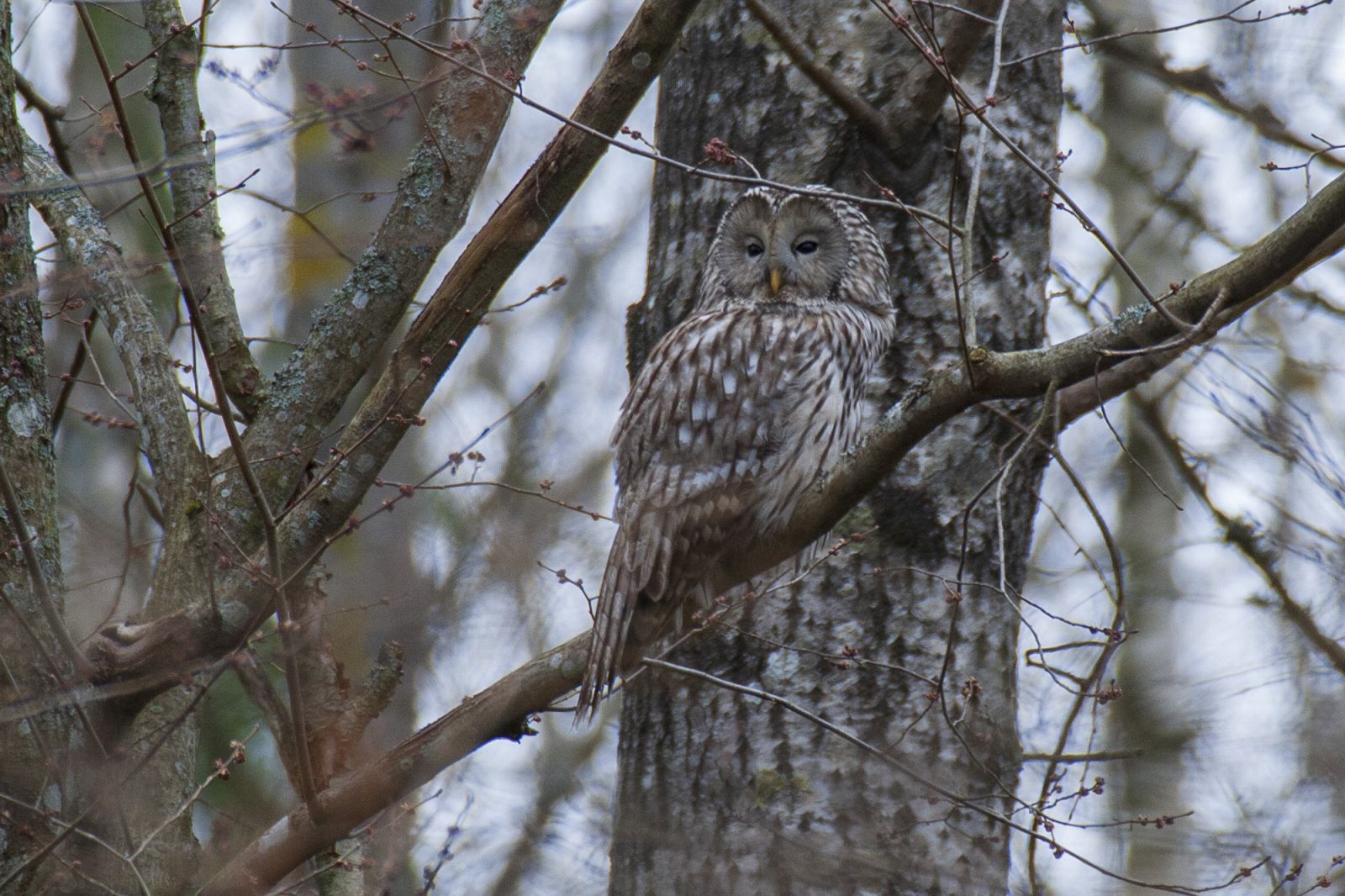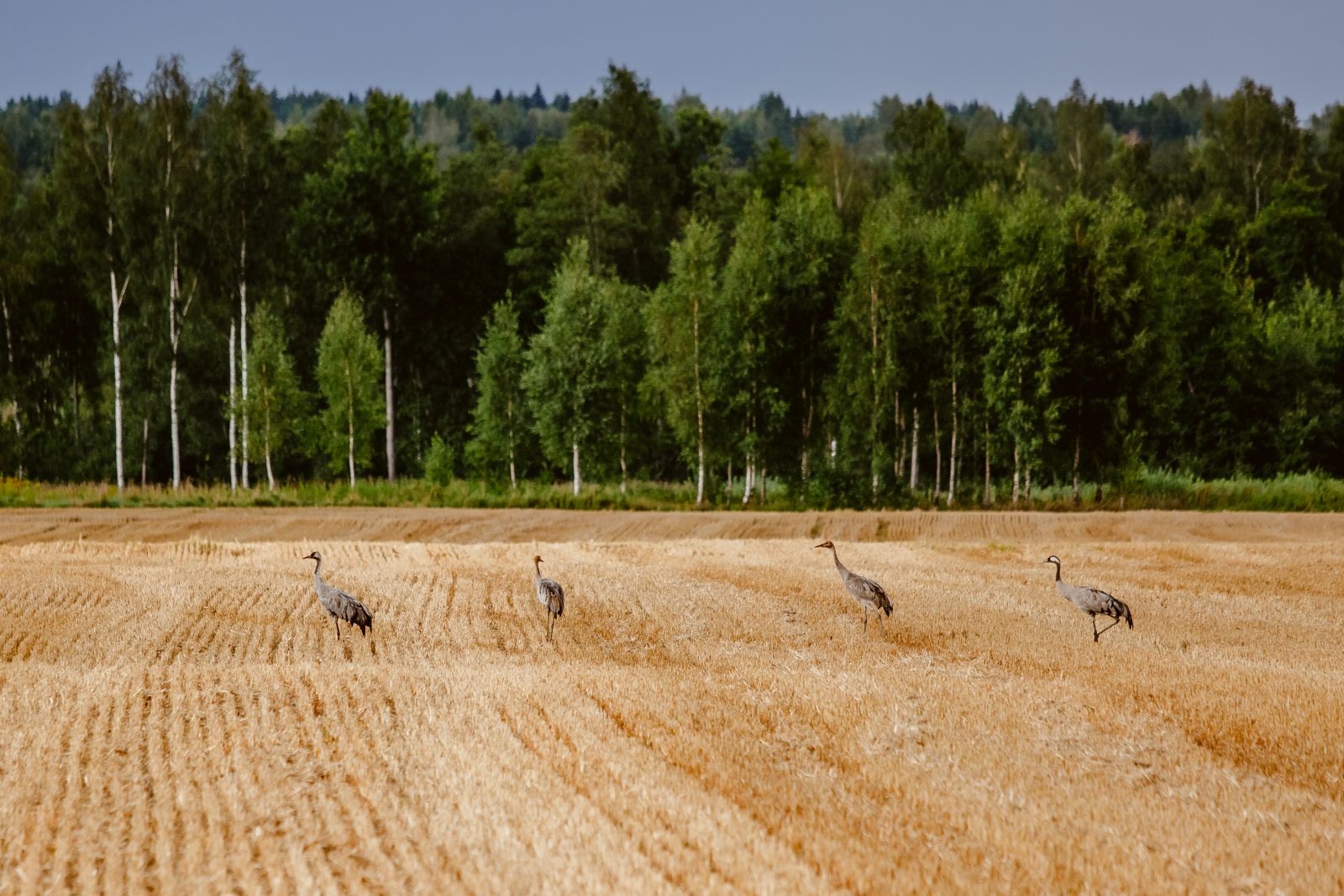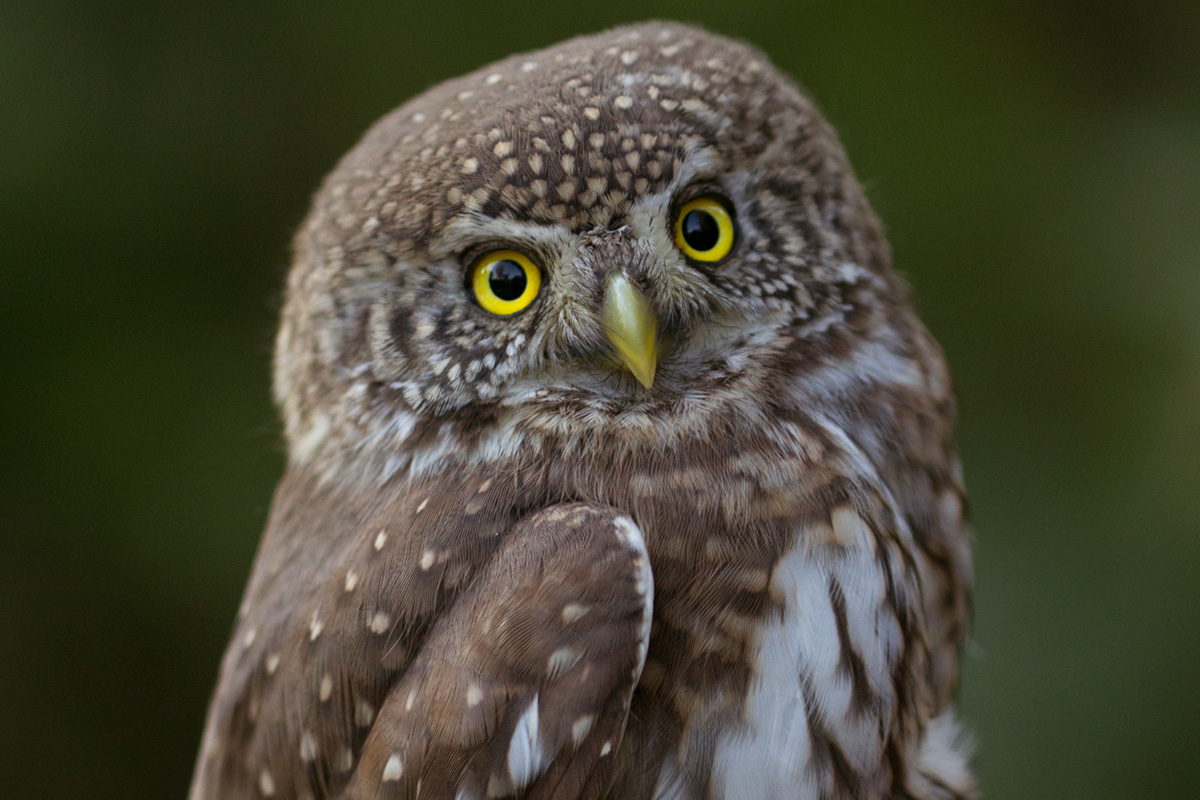Discover the Gauja National Park and its wildlife wealth - picturesque forest paths, fast rivers and impressive rocks. Especially for bird lovers, enjoy bird watching routes!
Bird diversity and rare species
Gauja National Park preserves the rich nature of the old Gauja river valley and its surroundings, a large variety of plants, birds and insects. More than 800 plant species, 149 bird and 48 mammal species are found here.
Tourists who are interested in nature especially appreciate the variety of birds in the park, because here you can see birds that are rarely found in Western Europe, hear their voices, and get to know their natural habitats. For example, one such example is the mountain keel. Although there are only a few pairs here, this is the best and safest place in Latvia to observe these birds during the migration period.

Shore reservoir
Slopes covered with old deciduous forests attract rarer species of woodpeckers - white-backed, three-toed and medium spotted woodpeckers, black woodpeckers. In Gaujas park, jerusalems, little flycatchers, northern plovers are frequent, and the smallest of the species living in Latvia, the sparrow owl, is also observed more and more often, and the Ural owl has recently started breeding.
In addition to forest birds, species of sparrow birds uncommon in Western Europe can be found on the shores of rivers and lakes, such as the river warbler and the garden reed, the shorebirds live, and in the meadows you can still hear squeals.

Ural owl (photo - Andris Soms)
During the migration period, the birds stop at disused or operating gravel quarries (Lode, Bāle, Cēsis) and the largest park, Lake Ungur, and the meadows bordering the Suda marsh and outside the reserve area become important gathering places for cranes in autumn.
Important habitats for birds are the alleys and parks of former manor houses, which attract many common and easily noticeable birds - woodpeckers, house owls, flycatchers, red-tailed grebes, and plovers.
Observation points in Gauja National Park
Interesting places for bird watching near the Gauja National Park are the forests of Zilaiskalns and its slopes or the forests near the Siet rock (Sietiņiezis), where you can see jerubas, little flycatchers, various species of woodpeckers, including the rare three-toed woodpecker.
From a natural point of view, special places are also the Didžioji (Lielais) and Pemma (bird species living in the marshes) marshes in the north of Straupė, as well as the largest lake in the park, Lake Ungur.
And in the most popular place visited by tourists - the Turaida Museum-Reserve, while swimming in the river, you can easily see white-backed woodpeckers and gray mallets in the old coastal trees, listen to their trills in the spring, and at the same time watch diving galls.
Gauja National Park and its surrounding areas are popular with white storks. More than 120 pairs of them breed here, and the forests also shelter several pairs of black storks.

Gray cranes
6 routes in natural habitats:
1. Morning trip on foot near the settlement of Karli (Kārļi) . Here you will find nature trails, parks, alleys, old orchards. Target bird species: Red-headed Snowbird, Common Woodpecker, Sparrow-Owl, Spotted Warbler, Meadow Pipit, Wood Pipit, Mistletoe Thrush, Flycatchers, Tits, etc.
2. Hiking along the Amata nature trail and in the woods near the Zvārte rock (Meža māte nature trail) . Length – 3.5 km. Target bird species: Little flycatcher, northern plover, mountain shrike, wasp, wagtail, wagtail, Eurasian warbler, crested tit, three-toed woodpecker, jerboa, etc.
.jpg)
River Gauja
.jpg)
Zvārtes Rock
3. Ferry trip: Zvartė uola–Lygatnė (14 km) . Target bird species: Medium Pied Woodpecker, Alder, Lesser Pied Woodpecker, Common Grebe, etc. are likely to be seen.
4. Departure by boat on the Gauja River from the Lygatne ferry down the river to the place where the Brasla River flows into the Gauja. Length - 10 km, duration - 2 hours. Target bird species: Black-throated Woodpecker, White-backed Woodpecker, Gallic, Shore Plover, Great-toothed Woodpecker, Nuthatch, Lesser Pied Woodpecker, Long-tailed Tit, Northern Gray Tit, etc.

Sparrow owl (photo - Andris Soms)
5. Route: Inciems–Turaida . Sigulda Ķeizarskats and Velnio ola (Velnala) nature trail with Song Garden in the Turaida Museum-Reserve. Length – 19 km. Target bird species: Medium Pied Woodpecker, Gray Woodpecker, White Stork, Pied Flycatcher.
6. An evening walk in the vicinity of the Karlamuiza Country Hotel , where you can hear the hooting of domestic owls.
Good time for bird watching: spring, summer and autumn.
The best time for bird watching is spring.




.jpg)
.jpg)



